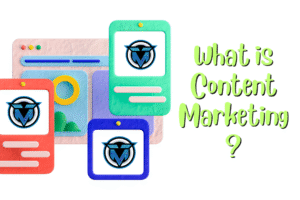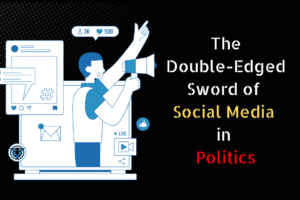In today’s rapidly evolving digital landscape, New Media Tech stands at the forefront of innovation. It refers to emerging technologies that enable interactive, digital communication, reshaping the way people consume, create, and share content. From virtual reality to AI-driven content delivery, new media technology is transforming industries, including education, marketing, journalism, and entertainment.
What is New Media Tech?
New Media Technology encompasses digital tools and platforms that go beyond traditional media forms like print, radio, and TV. It includes:
- Social Media Platforms
- Streaming Services
- Virtual Reality (VR) and Augmented Reality (AR)
- Artificial Intelligence (AI) in Content Creation
- Blockchain in Digital Media
- Interactive Websites and Mobile Apps
Unlike traditional media, new media tech allows two-way interaction, personalization, and real-time communication, offering users a more immersive experience.

Key Features of New Media Tech
- Interactivity
Users can now engage with content actively, whether through likes, shares, comments, or immersive VR experiences. - On-Demand Access
With streaming platforms and mobile apps, content is available 24/7, putting users in full control of their media consumption. - Personalization through AI
Algorithms analyze user behavior to recommend relevant content, improving user satisfaction and engagement. - User-Generated Content (UGC)
Platforms like YouTube, TikTok, and Instagram empower individuals to become content creators, not just consumers.
Impact of New Media Tech on Society
1. Communication Evolution
Instant messaging, live streaming, and social media have redefined how people connect, collaborate, and share information globally.
2. Transformation in Education
Online learning platforms, interactive whiteboards, and VR-based simulations are enhancing student engagement and learning outcomes.
3. Digital Marketing Revolution
Marketers now leverage data analytics, influencer marketing, and targeted ads to reach niche audiences with precision.
4. Empowerment of Independent Creators
New media tools eliminate traditional gatekeepers, allowing artists, writers, and videographers to reach global audiences directly.
Top Trends in New Media Technology (2025)
- Metaverse Development
Virtual worlds where users interact as avatars are gaining momentum for entertainment, business, and education. - AI-Generated Content
From deepfake videos to AI-written articles, automation is playing a key role in modern media production. - Immersive Journalism
Media outlets are using VR and AR to create stories that put audiences “inside” the news. - Blockchain for Content Authenticity
Decentralized tech is being adopted to fight misinformation and ensure content originality and ownership.
Challenges of New Media Tech
- Privacy Concerns
With data-driven personalisation comes the risk of misuse or unauthorised tracking. - Digital Divide
Unequal access to technology creates a gap in who can benefit from new media advancements. - Misinformation Spread
The speed at which content spreads online can amplify fake news and disinformation.
The Future of New Media Technology
As we move further into a digital-first world, New Media Tech will continue to evolve. Expect increased use of augmented reality, AI-driven storytelling, and hyper-personalised experiences. For businesses, creators, and consumers alike, staying informed and adaptable will be the key to thriving in this dynamic environment.
New Media Tech is not just a trend—it’s a transformational force that’s redefining how we live, work, and communicate. By embracing these technologies, we open the door to innovation, inclusivity, and endless possibilities in the digital age.













